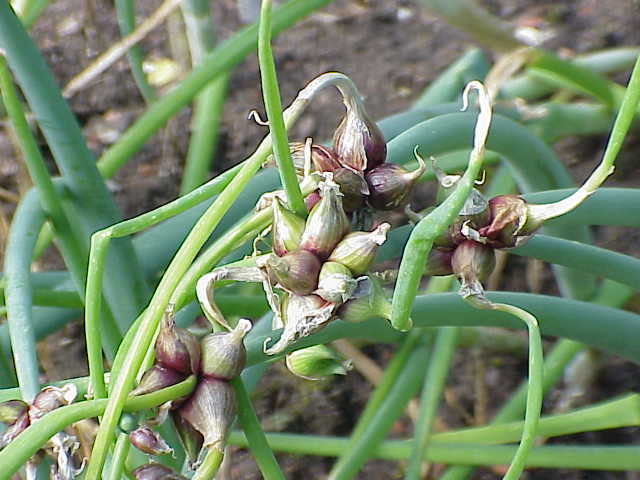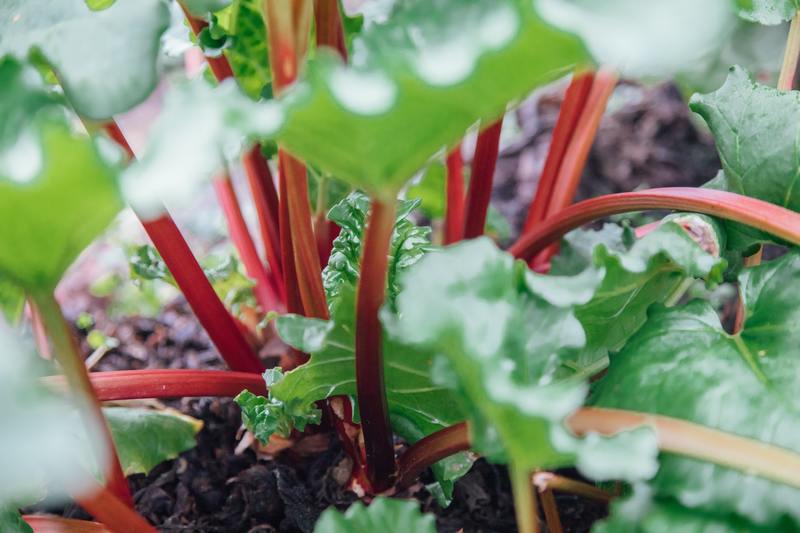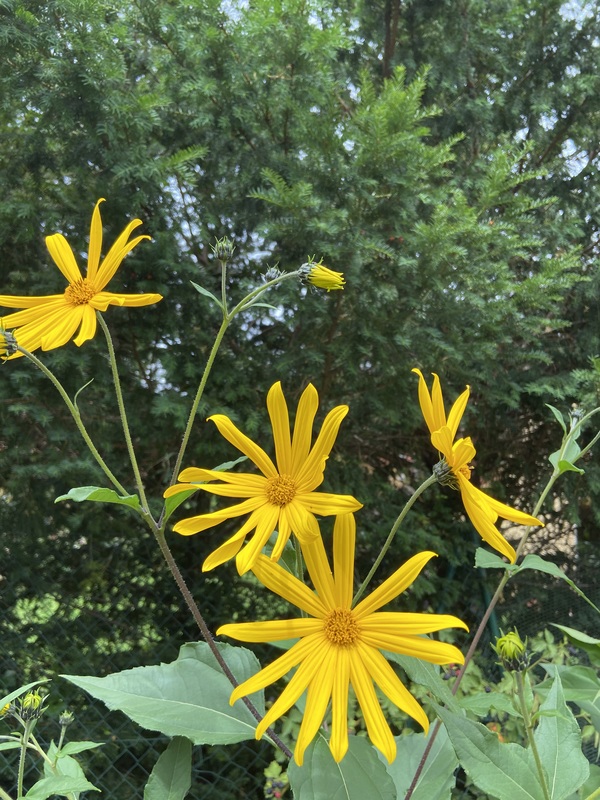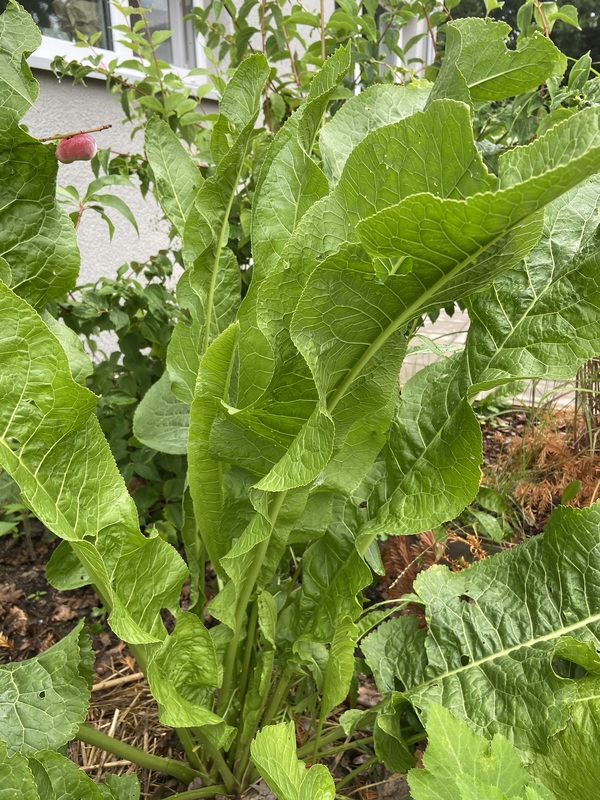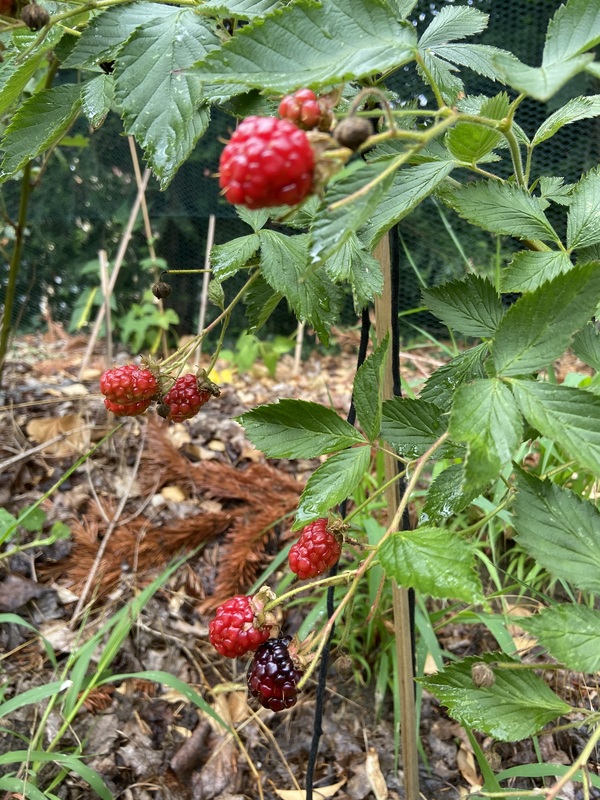Description
The walking onion, also known as Allium × proliferum is a type of onion known for its unusual growth habit, in which the plant produces small bulbs at the top of its stalks, where a normal onion would have flowers. The onion bulblets will sprout and grow while still on the original stalk. They may bend down under the weight of the new growth and take root some distance from the parent plant, giving rise to the name “walking onion.” Genomic evidence has conclusively shown that they are a hybrid of the common onion and the Welsh onion (A. fistulosum). However, some sources may still treat the tree onion as A. cepa var. proliferum or A. cepa Proliferum Group.
In terms of appearance, the walking onion has thin, hollow green stalks that grow to a height of about 12-24 inches. The plant has small, white flowers that are clustered together in a ball-shaped inflorescence. The bulbs of the walking onion are small and round, with a thin, papery skin that is typically brown or reddish in color.
In terms of growth habits, the walking onion is a fast-growing plant that can reach its full size in just a few months. It is a hardy plant that can tolerate a wide range of growing conditions, including cold temperatures and poor soil quality. However, it prefers well-drained soil and full sun exposure in order to grow and thrive.
In terms of cultivation, the walking onion is a relatively easy plant to grow and maintain. It can be started from seed or from small bulbs, and it prefers well-drained soil and full sun exposure. The plant is also winter hardy and can tolerate cold temperatures, so it can be grown in a variety of climates.
The walking onion is an edible plant, and both the bulbs and the leaves can be used in cooking. The bulbs have a mild onion flavor and can be used in a variety of dishes, including soups, stews, and salads. The leaves can be chopped and used as a flavorful garnish or added to salads for a spicy kick.
In terms of utility, the walking onion has a number of different uses. It is commonly grown as a companion plant in gardens, as it can help to repel pests and improve the overall health of the garden.
Propagation
Division
Harvest bulbils in late summer and replant immediately or store them in a cool dry frost-free place and plant them out in late winter or early spring. Division of the bulbs after the leaves die down in late summer.
